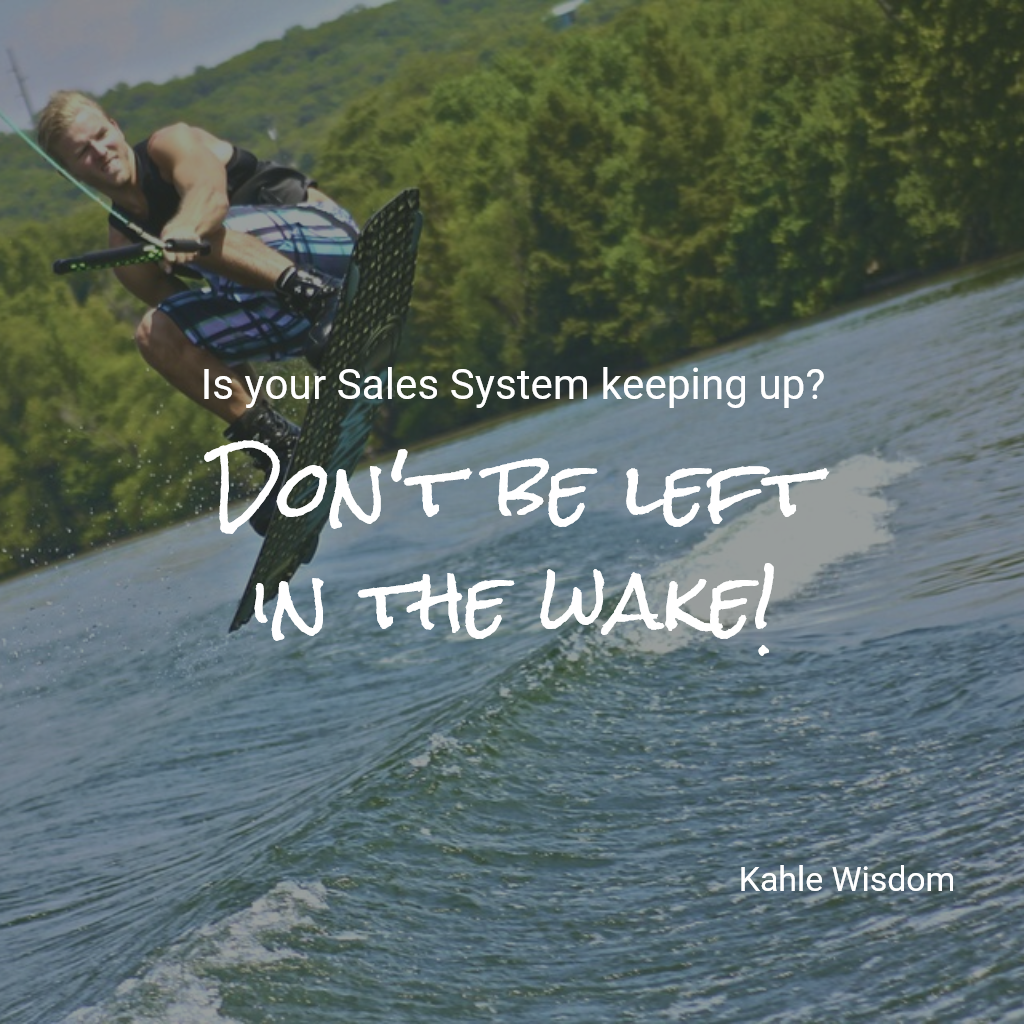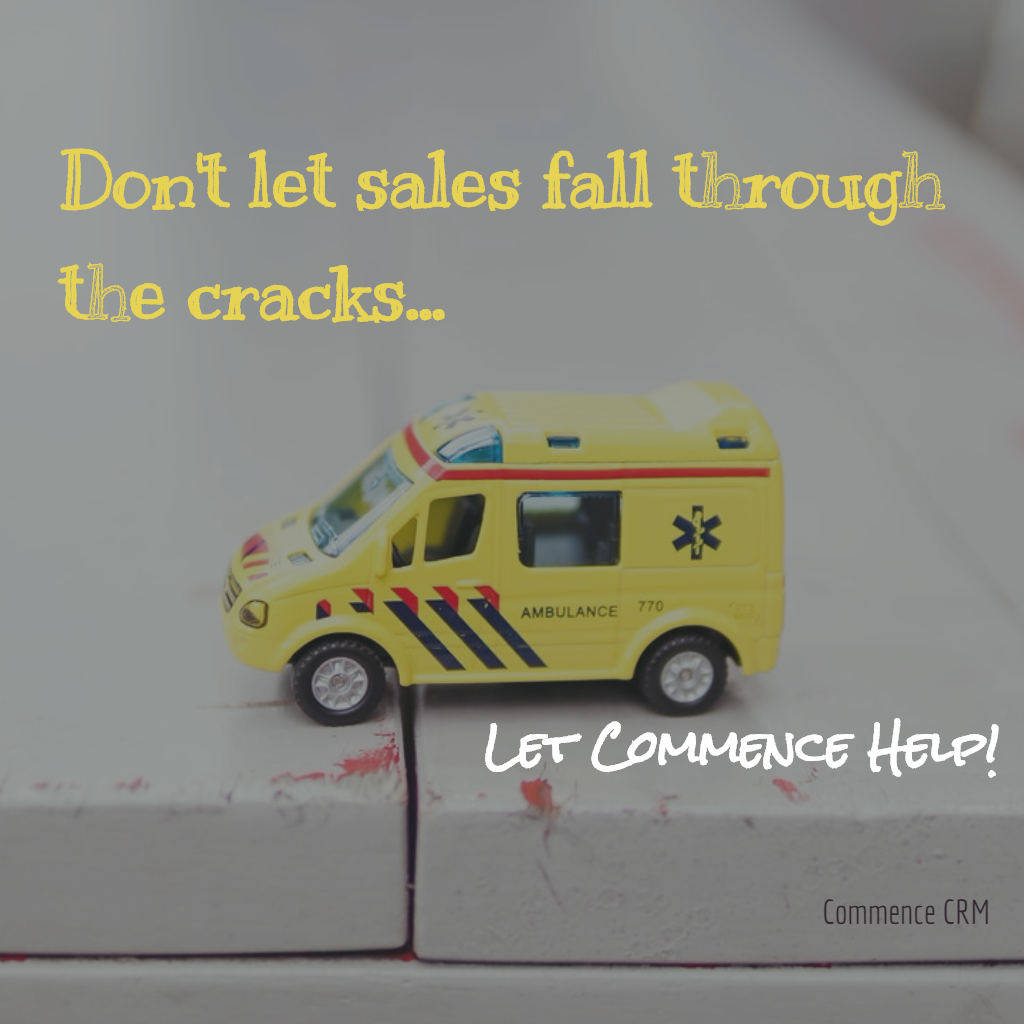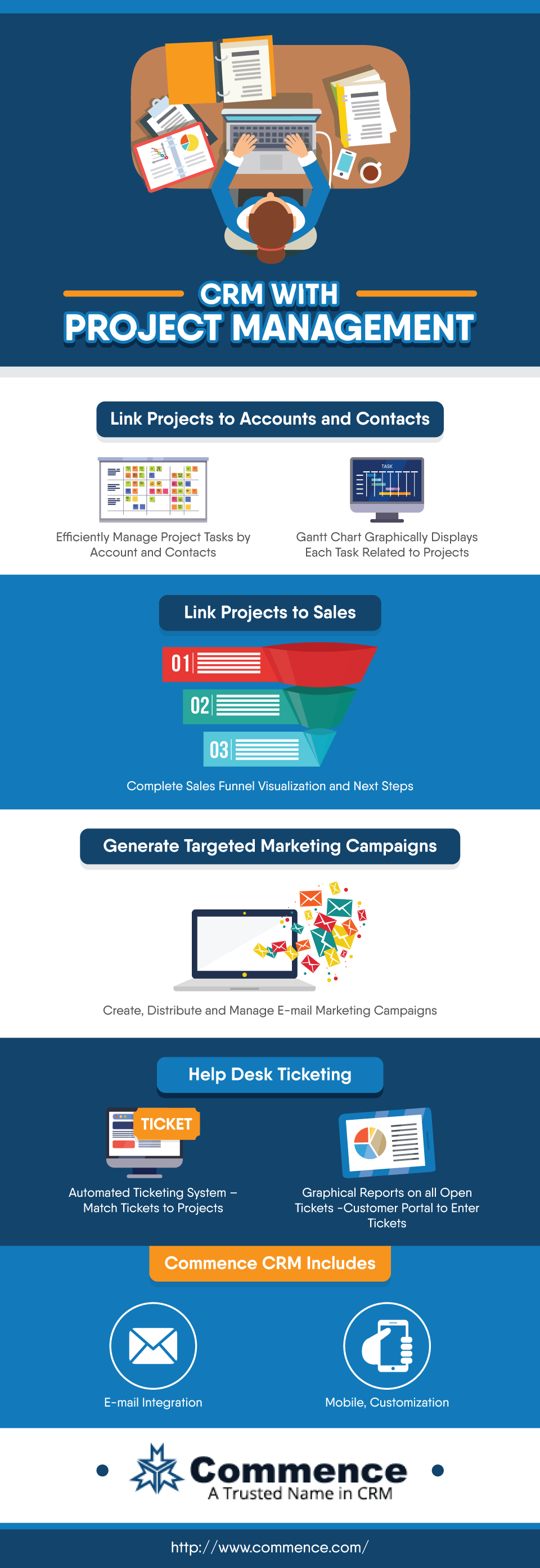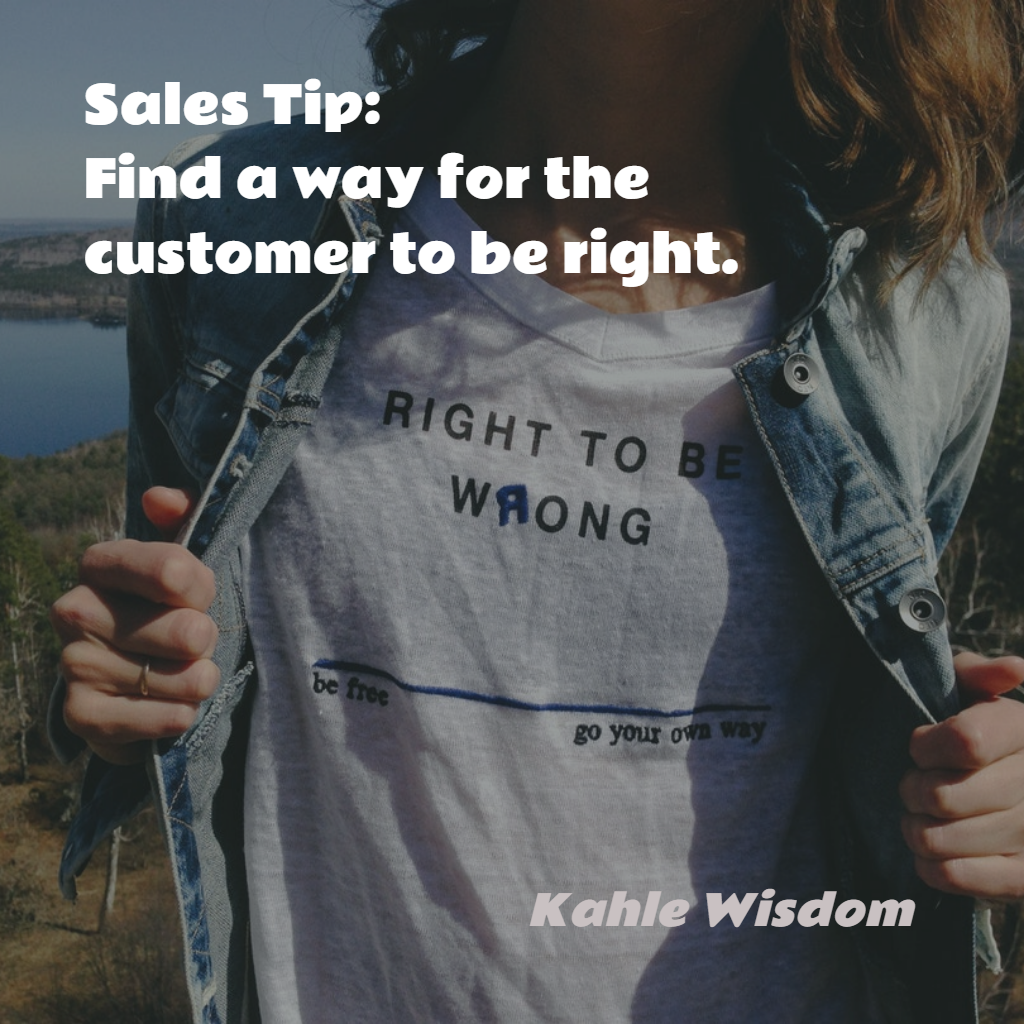
By Dave Kahle
There was a time, just a few years ago, when a smart distributor knew how to organize a sales effort. The conventional wisdom dictated that you hire “outside” salespeople, assign them to geographically-defined territories, set up a straight commission plan, and challenge them to “go forth and sell a lot.” You hired nice guys with some experience in the business, expected them to learn on the job, and set them free. As business grew, you just hired another one and duplicated that approach.
Easy. Simple. This “traditional” approach has worked well for years. Many distribution businesses are built, at least in part, on this system.
But the last few years have brought with them radical change. You know the litany: Growing competition, increasing rate of change, new channels of distribution, increasingly sophisticated customer expectations, mergers and consolidations at every level of the business, new strategies and demands by manufacturers, pressures on margins – too much to do and not enough time to do it. The world surrounding your business is dramatically different than it was when you first created your sales approach.
All that means is that it may be time to question the way in which your sales efforts are organized.
In order to think clearly about this, it’s necessary to understand a concept – “sales systems.” According to the dictionary, a system is “an orderly, interconnected, complex arrangement of parts.” You have a number of systems in your business. For example, you have a system for receiving and processing a purchase order. That system involves certain processes, certain equipment (like computers, printers, etc.) certain people, and a number of policies and procedures. It’s easy to understand that particular combination of people, resources, and processes as a system. In the same way, it’s easy to understand the way in which you receive inventory, pick and ship an order, create and collect an invoice, etc., as various systems. Your business would not exist were it not for effective and efficient systems to handle these important functions of your business.
Now, think of the way in which you create a customer and acquire an order as a system also. That system has been simple in the past. You followed the approach discussed above. You just hired a salesperson and expected him to do it. That’s the equivalent of hiring a customer service person and charging them with the task of receiving and managing orders without providing any other pieces of the system. You wouldn’t think of doing that. You’d made sure you have the best computer system at his disposal, clearly defined expectations and procedures, and a set of effective resources for him to use – all elements of the customer service system. You’ve probably been personally involved in the development and refinement of those and other systems in your business, understanding that your business’s success depends on the effectiveness and efficiency of your systems. Now it’s time to become just as sophisticated in your sales system.
Your sales system consists of these elements: purpose, people, processes, and paraphernalia. The purpose is to acquire orders as well as to expand the relationship with customers of various types. The people are not only the outside salespeople, but everyone involved in helping to acquire orders and grow customers. So your customer service or inside salespeople, as well as your technical service people, sales managers, and yourself are all part of your sales system. The ways in which you identify, approach, understand, present to and service a customer are primarily the processes. The paraphernalia refers to the tools used in this process: the brochures, computers, call reports, telephone scripts, etc., that go into the process. Put all this together, and it becomes a sales “system” – “an orderly, interconnected, complex arrangement of parts.”
The first step in becoming more effective in your sales efforts is to understand that you don’t just have salespeople, you have a sales system.
Now, when you reengineer your sales efforts, you reconfigure elements of your company in order to create a system that more effectively and efficiently acquires orders and creates customers.
Most distributors who have reconfigured their sales systems end up with a system composed of a combination of many of the following elements:
- a set of highly specific job descriptions and expectations for a number of different kinds of salespeople
- a well-defined role for customer service
- a concentrated and targeted direct mail/fax/email marketing campaign
- a contact management software system
- a highly specific list of targeted accounts
- a highly visible sales role for the company’s executives
- a set of specific expectations and measurements for the system
- a database of customer information that enables the company to make informed marketing and sales decisions
- a variety of sales methods tailored to different market segments.
Compare this with the simple, old days of one person/one territory, and you have an idea of what your organization may look like after you have finished your reengineering process.
There are a number of compelling reasons to consider reengineering your sales system. Money is probably the strongest. Carefully examine your P&L statement. You’ll note that sales force compensation is the largest single deduction from gross profit, far outdistancing anything that is a close second. In most distributors, sales force costs approximate 30% of gross margin. The distribution executive in search of costs to cut and productivity to improve would do well to look first at the sales force. It could be that your current sales efforts aren’t as effective or productive as they could be.
If you’re concerned about the future of your business, and worried about reducing costs so that you can operate profitably in light of those steadily shrinking margins, doesn’t it make sense to look closely at that portion of your business that represents your single largest cost category? Of course it does.
Next there’s the issue of productivity. Your are probably on your third generation computer system. You’ve streamlined your inventory and warehouse operations, learned how to pick an order with fewer errors and less cost than ever, figured our how to process a P.O. ever more efficiently, have cleaned up your receivables and invested in relationships with your key manufacturers. But in all of this, you probably have done very little to improve the productivity of your sales force. In all likelihood, your salespeople are doing the same thing today, in the same way, that they did five years ago. For most distributors, the operant rule has been, “Hands off the sales force.” As a result, you probably have not had productivity improvements among the sales force that compare favorably to other areas of your business. Maybe it’s time to scrutinize that part of your business.
Then there are the customers. Customers are expecting both more and less from distributors. They are expecting more service, quicker response, more knowledge and more information. At the same time, they have less time to spend with salespeople. If your salespeople have not adjusted to these changes in your customers, and are continuing to do business the way they did a few years ago, it’s likely that your current sales system doesn’t adequately meet your customer’s needs.
Let’s not forget about the strategic reasons to reengineer your sales system. From my vantage point, I see more and more manufacturers who are reshaping their distribution strategies and channels, and expecting their distributors to help implement those new strategies. But, too often, the distributors are unable to accomplish the manufacturer’s strategy because their sales force is unable or unwilling to implement their bosses’ commitments. The manufacturer-distributor relationship is jeopardized as a result.
On the other hand, a number of perceptive manufacturers are looking for genuine and concentrated sales efforts for their product lines as well as ways to cut their costs. The distributor sales system which can provide the sales power for manufacturers will be a highly prized organization. One of my distributor clients successfully grabbed this opportunity by working very closely with their primary supplier to streamline the combined sales system. As a result, the supplier’s sales force was reduced from 59 to 16 people, and the distributor was far more important to that supplier. It’s likely that your sales system isn’t up to this emerging challenge.
Unfortunately, too often the sales force is undependable when it comes to carrying out the distributor’s strategic plan. More and more distributors, seeing the value of creating a strategic plan, are developing initiatives and priorities designed to guide them through these turbulent days to success at the end of the tunnel. However well-conceived these initiatives may be, they are often stymied at the point of implementation by a sales system that is a vestige of the past. It’s difficult to implement a strategy that demands sales calls on new niche customers when the sales force is content to visit with old friends at established accounts.
Here’s one final reason to consider a dramatic reconfiguration of your sales system. Technology has produced opportunities to dramatically increase productivity. There are a multitude of technology advancements that can be used to streamline sales systems. Fax on demand, Internet web pages, intra-net networks for customers, sales force contact management programs – these are just some of the more dramatic tools developed in recent years. Forbes Magazine recently ran an article that reported that in circumstances where contact management software was successfully implemented, sales force productivity rose between 10 and 40%. Distributor sales systems which make use of these new technologies bypass their less sophisticated competitors like a Ferrari passing an Escort.
All this means that it is a new day for sales efforts. The distributors who rely on the simple systems of the past will be left in the wake of those who are streamlining their systems. Now is the time to reengineer your sales system.
******************************************************************
Copyright MM
Originally published on davekahle.com
About the Author:
Dave Kahle is one of the world’s leading sales authorities. He’s written ten books, presented in 47 states and ten countries, and has helped enrich tens of thousands of sales people and transform hundreds of sales organizations. Check out our Sales Resource Center for 455 sales training programs for every salesperson at every level. To connect to the Sales Resource Center use this link:
http://www.thesalesresourcecenter.com
source
http://www.commence.com/blog/2018/01/26/is-it-time-to-reengineer-your-sales-system/







